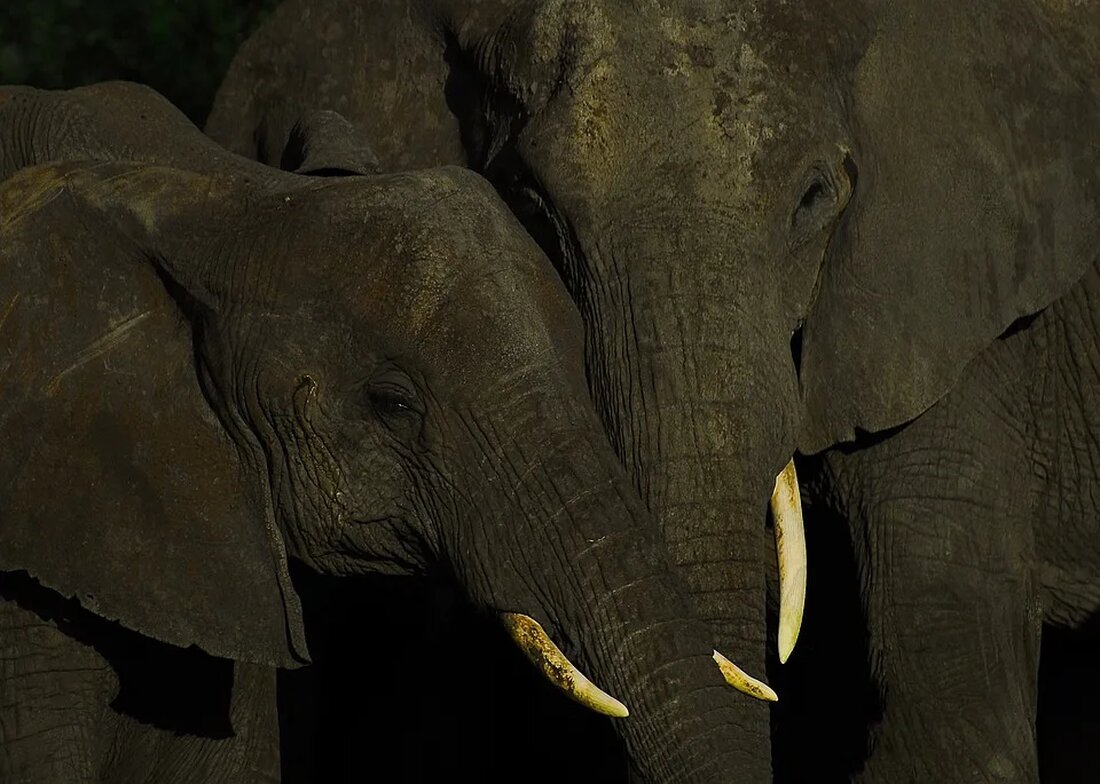Nutrient cycles in ecosystems
into the nutrient cycles The natural nutrient cycles are essential for the function of ecosystems and contribute to global environmental stability. They describe how numerous nutrients, including carbon, nitrogen and phosphorus, are exchanged between organisms and their environment. This process is influenced by a variety of physical, chemical and biological processes. In this article we want to first provide a general overview of nutrient cycles and their importance in ecosystems and then look at specific examples such as the carbon, nitrogen and phosphorus cycles. Nutrient cycles and their importance All ecosystems, whether terrestrial or aquatic, depend on nutrient cycles. They ensure that the required elements...

Nutrient cycles in ecosystems
into the nutrient cycles
Natural nutrient cycles are essential for the functioning of ecosystems and contribute to global environmental stability. They describe how numerous nutrients, including carbon, nitrogen and phosphorus, are exchanged between organisms and their environment. This process is influenced by a variety of physical, chemical and biological processes. In this article we want to first provide a general overview of nutrient cycles and their importance in ecosystems and then look at specific examples such as the carbon, nitrogen and phosphorus cycles.
Nutrient cycles and their importance
All ecosystems, whether terrestrial or aquatic, depend on nutrient cycles. They ensure that the necessary elements for the growth and survival of the organisms are available. If an element is not sufficiently present in the environment, it can limit the growth and reproduction of organisms.
Autotrophic and heterotrophic organisms
Autotrophic organisms, such as plants and algae, are able to convert inorganic substances into organic ones. They typically do this through photosynthesis, in which they take carbon dioxide from the atmosphere and convert it into sugar. Heterotrophic organisms, such as animals and fungi, on the other hand, rely on organic substances that they obtain by consuming plants or other animals.
The carbon cycle
One of the most important nutrient cycles is the carbon cycle. As mentioned above, plants capture carbon dioxide from the atmosphere and convert it into organic substances. Animals then absorb these organic substances by eating plants. When plants and animals die and decompose, the carbon is released back into the atmosphere or soil.
Human influence on the carbon cycle
Human activities, particularly fossil fuel burning and deforestation, have a major impact on the carbon cycle. By burning fossil fuels, carbon that has been stored underground for millions of years is suddenly released into the atmosphere. This leads to an increase in the concentration of carbon dioxide in the atmosphere, thereby increasing the greenhouse effect.
The nitrogen cycle
Similar to the carbon cycle, the nitrogen cycle is also a key process in ecosystems. It begins with nitrogen in the atmosphere, which is converted into a form usable by plants through various processes, such as nitrogen fixation by microorganisms. Animals then absorb the nitrogen by eating plants.
Human influence on the nitrogen cycle
Human activities also have a significant impact on the nitrogen cycle. In particular, intensive agriculture, which uses large amounts of nitrogen fertilizers, has resulted in more nitrogen being available in ecosystems than they can process. This leads to an accumulation of nitrogen in soils and waters, which has negative effects on the environment.
The phosphorus cycle
The phosphorus cycle is another important nutrient cycle in ecosystems. Phosphorus is a nutrient essential for the growth and reproduction of organisms. It is mainly contained in rocks and gets into the ground and water through weathering. Plants absorb phosphorus from the soil and animals absorb it by eating plants.
Human influence on the phosphorus cycle
As with the nitrogen cycle, intensive agriculture has led to an accumulation of phosphorus in the environment. Excessive use of phosphorus-containing fertilizers causes phosphorus to leach into soil and water, causing environmental problems such as eutrophication of water.
Summary
Nutrient cycles are essential processes in ecosystems that enable the growth and survival of organisms. However, they are also vulnerable to disruption from human activities. By better understanding and managing these cycles, we can help maintain the health of our ecosystems and ensure their ability to provide important ecological services. Not only science, but also politics and society play a crucial role.

 Suche
Suche
 Mein Konto
Mein Konto
